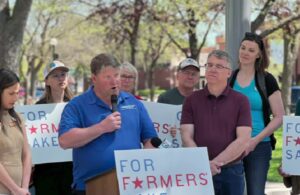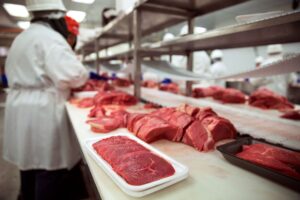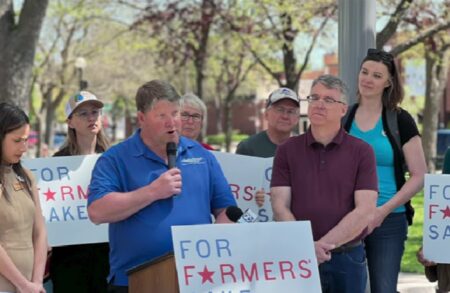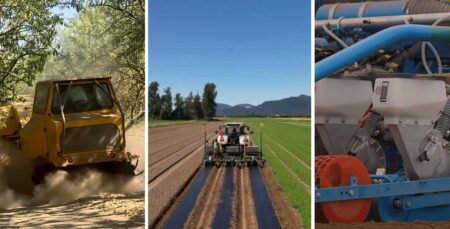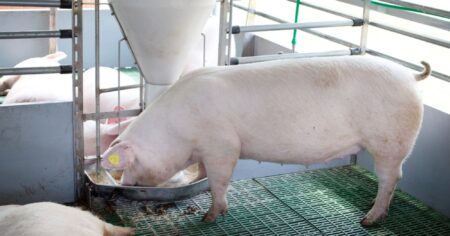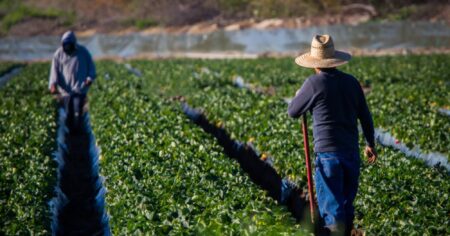A study appearing this month in Nature Microbiology analyzes soils sampled across the state of Kansas to determine the importance of “legacy effects” — or how soils from a specific location are influenced by microbes that have evolved in response to the specific climate at that site for many years.
“The bacteria and fungi and other organisms living in the soil can actually end up having important effects on things that matter, like carbon sequestration, nutrient movement, and what we’re particularly interested in — the legacy effects on plants,” said co-author Maggie Wagner, associate professor of ecology & evolutionary biology at the University of Kansas.
“We got interested in this because other researchers, for years, have been describing this type of ecological memory of soil microbes having some way to remember from their ancestors’ past,” she said. “We thought this was really fascinating. It has a lot of important implications for how we can grow plants, including things like corn and wheat. Precipitation itself has a big influence on how plants grow, but also the memory of the microbes living in those soils could also play a role.”
According to Wagner, while legacy effects previously have been reported, they aren’t well characterized. A better understanding could eventually benefit farmers and agricultural biotech firms, which could build on the research.
“We don’t really understand how legacy effects work,” she said. “Like, which microbes are involved at the genetic level, and how does that work? Which bacterial genes are being influenced? We also don’t understand how that legacy of climate moves through the soil to the microbes, and then eventually to the plant.”

By sampling soils from six sites across Kansas — from its lower, rainier eastern half to the state’s western High Plains, higher in altitude and drier because of the rain shadow of the Rocky Mountains — the researchers aimed to determine differences in legacy effects.
“We used a kind of old-school technique, treating the microbes as a black box,” Wagner said. “We grew the plant in different microbial communities with different drought memories and then measured plants’ performance to understand what was beneficial and what was not.”
The researchers challenged the microbial communities for five months, either with plenty of water or very little water.
“Even after many thousands of bacterial generations, the memory of drought was still detectable,” Wagner said. “One of the most interesting aspects we saw is that the microbial legacy effect was much stronger with plants that were native to those exact locales than plants that were from elsewhere and planted for agricultural reasons but weren’t native.”
While more plant species will need to be tested to confirm this hypothesis — the researchers tested one crop (corn) and one native plant (gamagrass) — the researchers said the findings could offer important context for farmers who want to use beneficial microbes to improve yields.
“We think it has something to do with the co-evolutionary history of those plants, meaning that over very long periods, gamagrass has been living with these exact microbial communities, but corn has not,” she said. “Corn was domesticated in Central America and has only been in this area for a few thousand years.”
Additionally, the research team performed genetic analysis on both microbes and plants to better understand on the molecular level how legacy effects might function.


